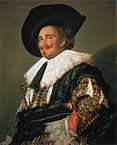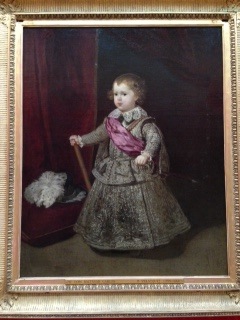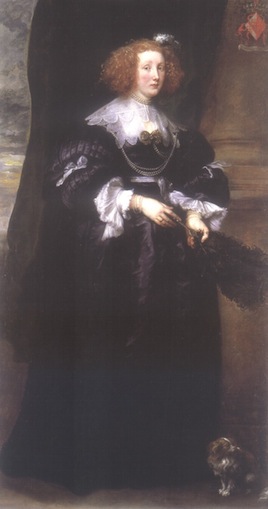AUGUST CHALLENGE DAY 5
For the Silly Season I've set myself the challenge of visiting a different art exhibition on every day of the month and blogging about it.
Wednesday 5 August
Exhibit: The Great Gallery
Place: The Wallace Collection
The Great Gallery was added to Hertford House in London’s Manchester Square by Richard Wallace the bastard son of the 4th Marquess of Hertford to display the plums of his father’s extraordinary art collection. That was in 1875, after Wallace had inherited the mansion and collection from his father. There was much illegitimacy in the family, which proved of great advantage to his paternal grandmother who inherited two fortunes, one from the Duke of Queensbury and the other from William Selwyn, both of whom claimed to be her father. Combined with the considerable resources of the Marquess’s own family, this fortune enabled Richard’s father to buy quantities of old masters. The best of these are still on display in Manchester Square.
The Great Gallery was reopened last Autumn after a 2-year refurbishment. The same great pictures are there – a prime Titian, Rembrandts and Velazquezes, Van Dycks and Rubenses and the world’s most popular portrait for biscuit tins, Frans Hals’s Laughing Cavalier – but I found the room much freshened up, and much lighter since the reinstatement of the glass skylights. I first came here twenty years ago to look at the great seventeenth century portraits, and it is these I go for again.

I first studied the Cavalier. He’s not laughing at all, of course: at best he’s hovering on the edge of a laugh. But when Dickens wrote that there are only two kinds of portrait “the serious and the smirk”, the Cavalier is exactly what he must have had in mind for the smirk. Seen from Hals’s subserviently low viewpoint this young man has about him an air of impregnable entitlement behind those bristling whiskers. The accuracy of the embroidery on his sleeve is meticulous. The design includes arrows, wings and burning torches, no doubt emblematic of the sitter’s fiery and amorous character. Hals’s famous loose brushwork is very evident – not on the face or embroidery, but on the black silk shimmering in the light.

Another haughty figure in the Gallery is Velazquez’s portrait of Philip IV of Spain’s heir Prince Baltasar Carlos, as a child. It’s a very strange image to think about today, not least because this tot poses in a regally gorgeous suit of “skirts”, complete with a sword hanging from his shimmering red silk sash: he was three years old at the time. Nearby is a studio copy of Velazquez’s portrait of the same child, hardly any older, and now riding a managed pony against the background of the Royal Riding School. Strange childhood.

Next I spent some time reacquainting myself with Marie de Raet whose full length portrait by Van Dyck is balanced by that of the husband she had just married, Philippe le Roy, a gunpowder magnate twice her age. He is attired in lavish black silks and velvets, his assertive masculinity backed up by an adoring deerhound. Marie wears luxurious black clothing to match but she looks oddly vulnerable and shy. We don’t know anything about her inner feelings but the marriage was outwardly a success: she went on to bear fourteen children. Her spaniel is beautifully painted, in brushwork even more rapid and open than Hals’s.
I moved quickly around the room but suddenly decided to leave the Titians, Rembrandts and Rubenses for another day. I’d already looked at four great portraits, which seemed enough greatness for one day.